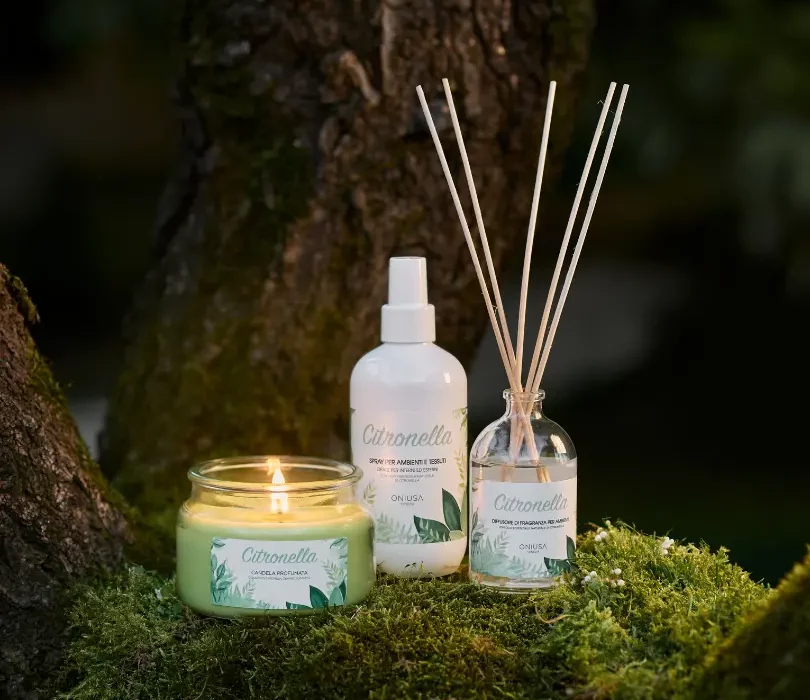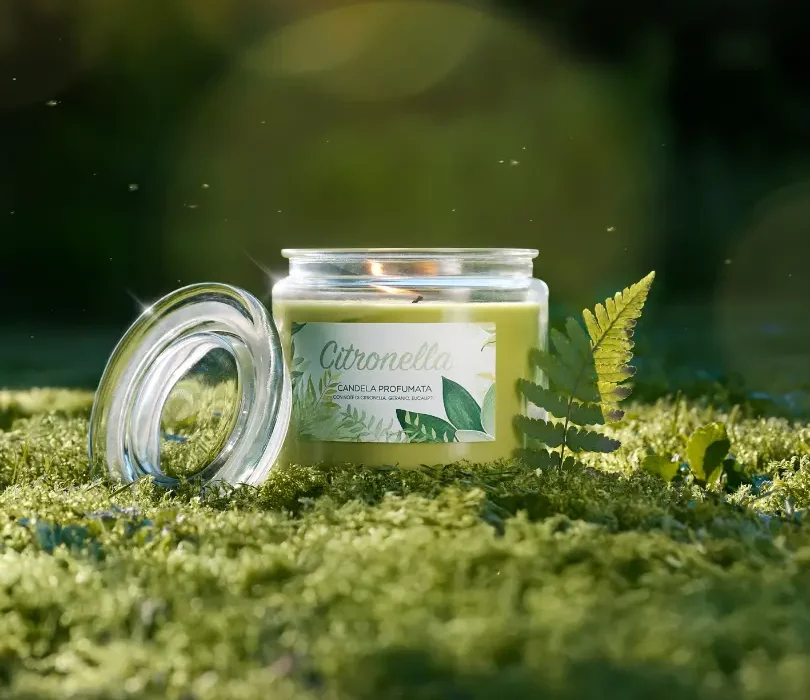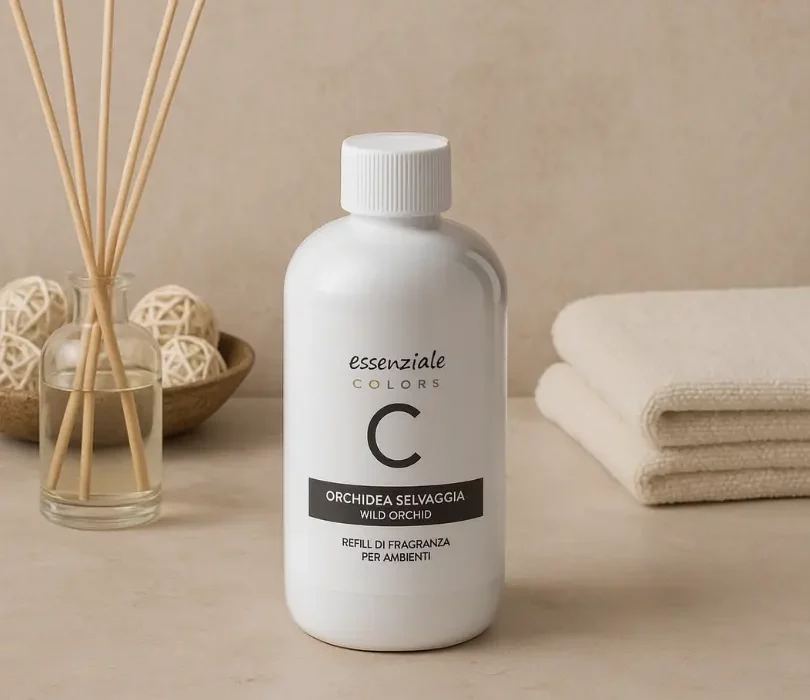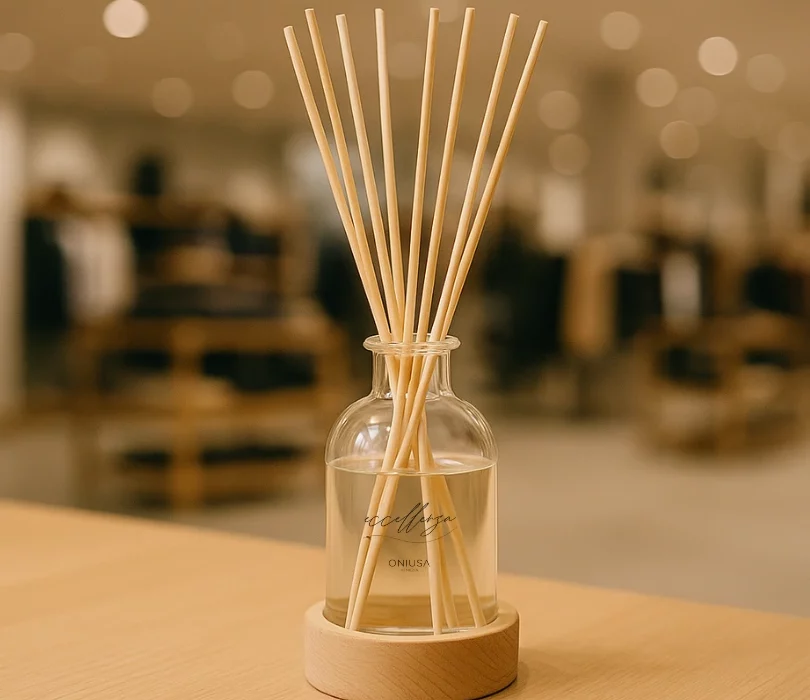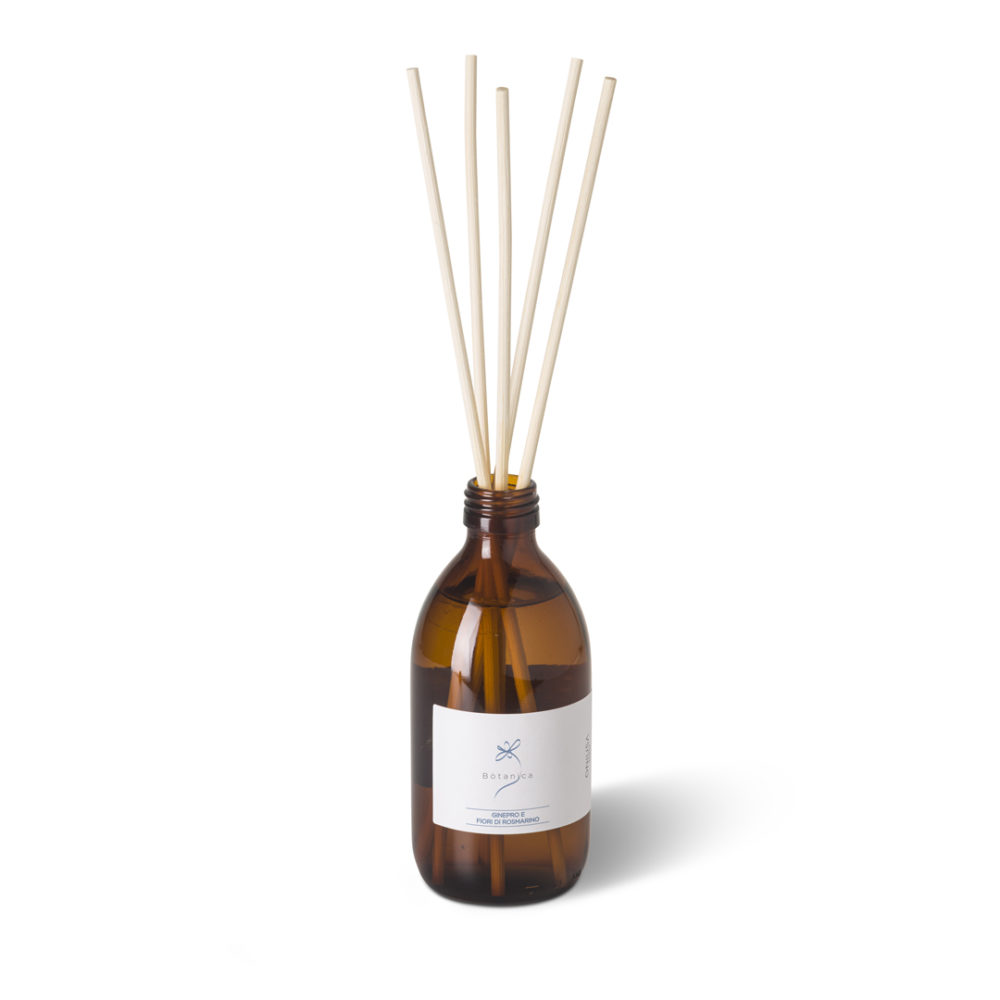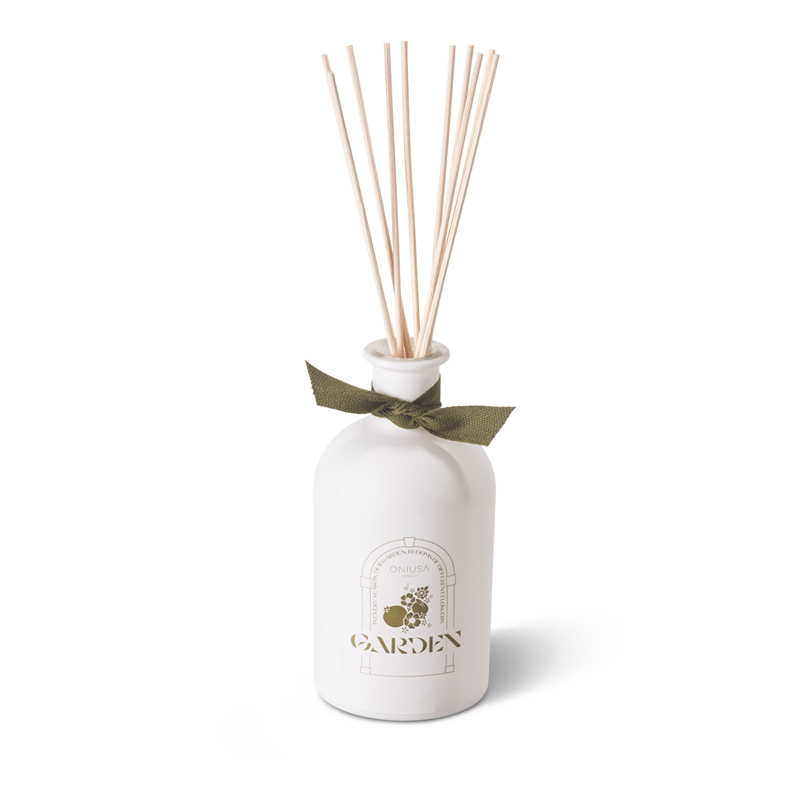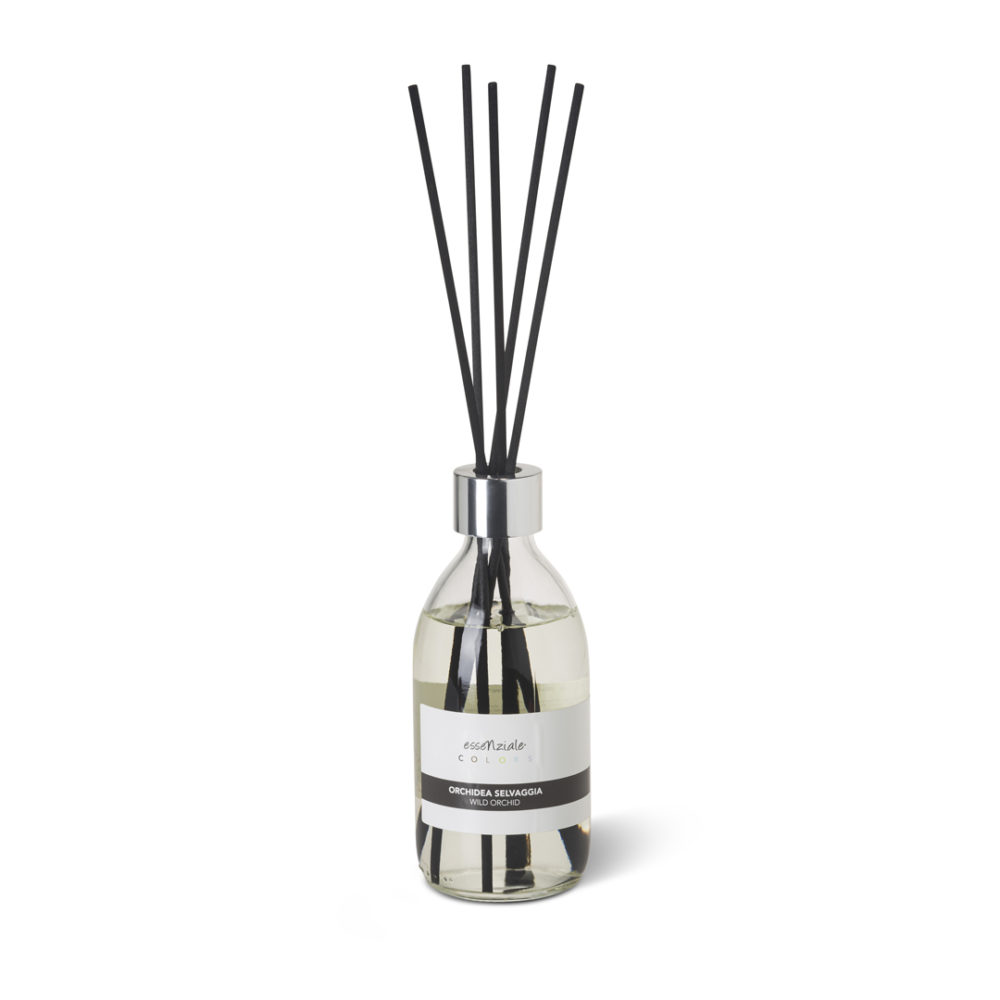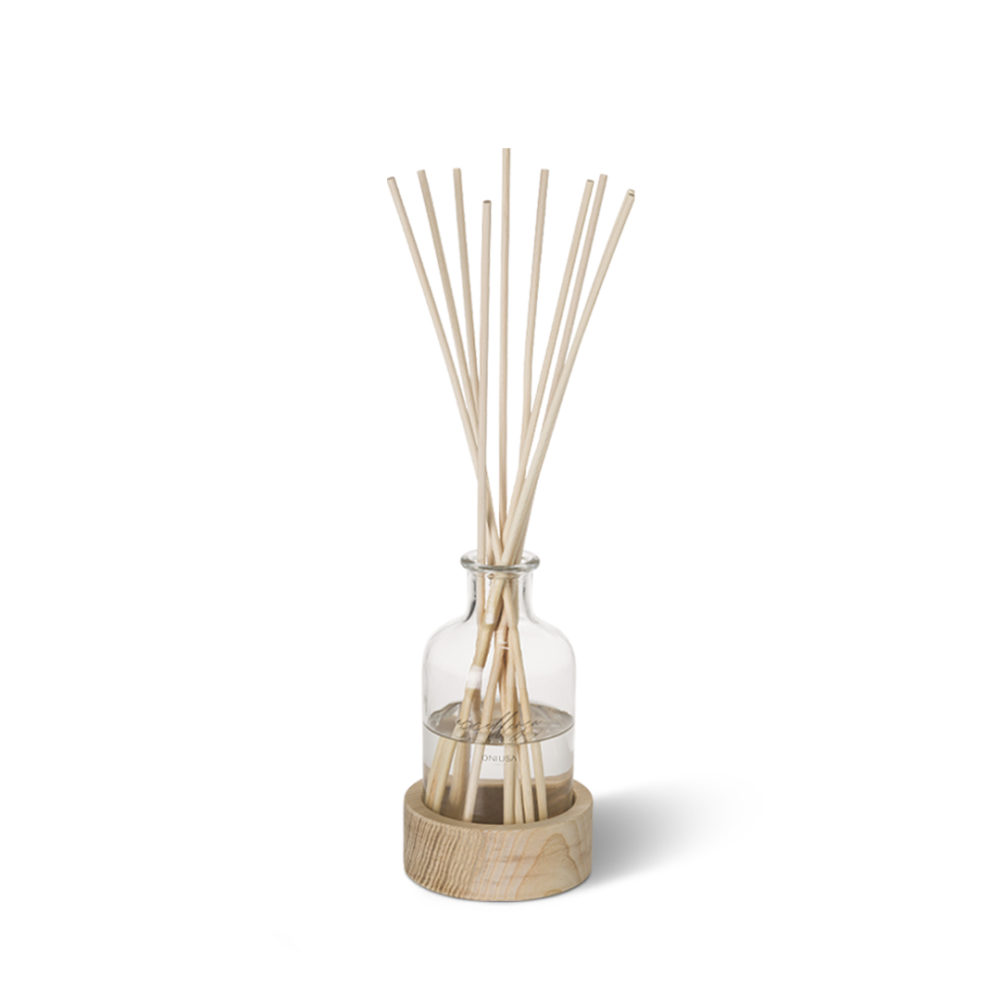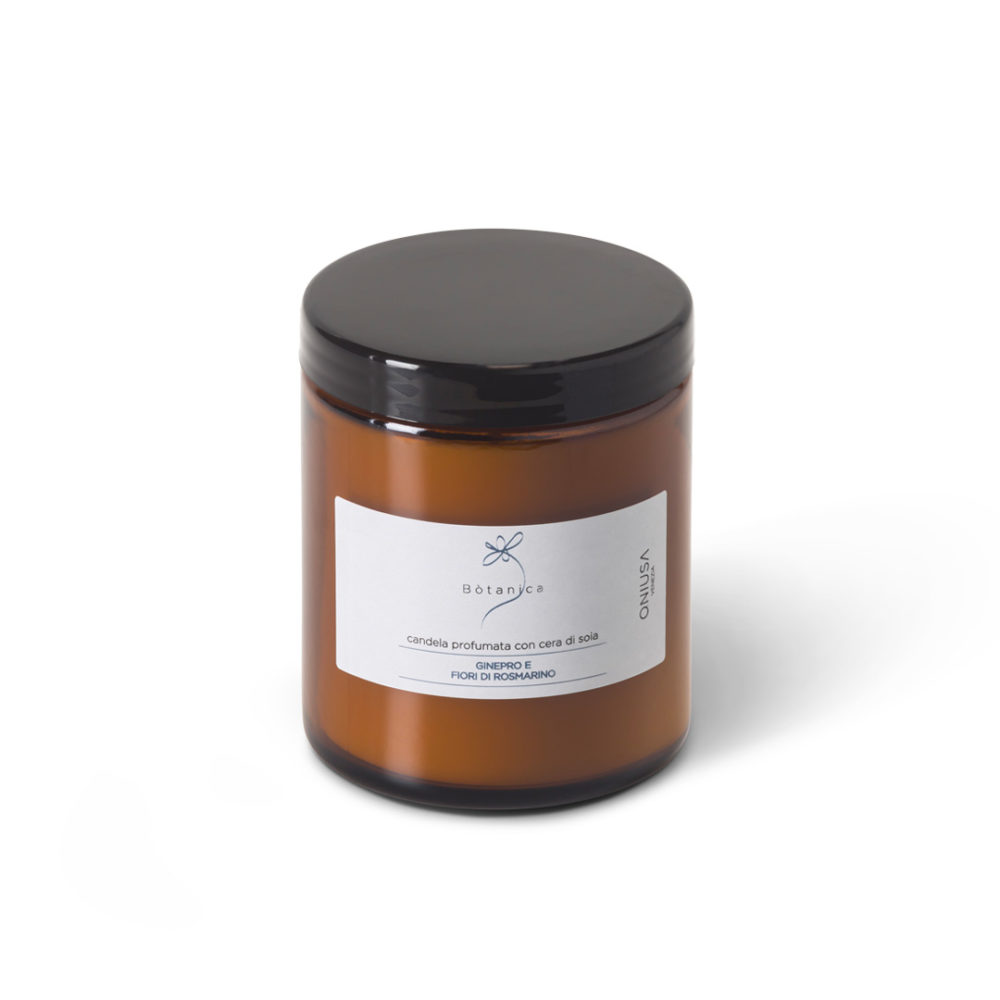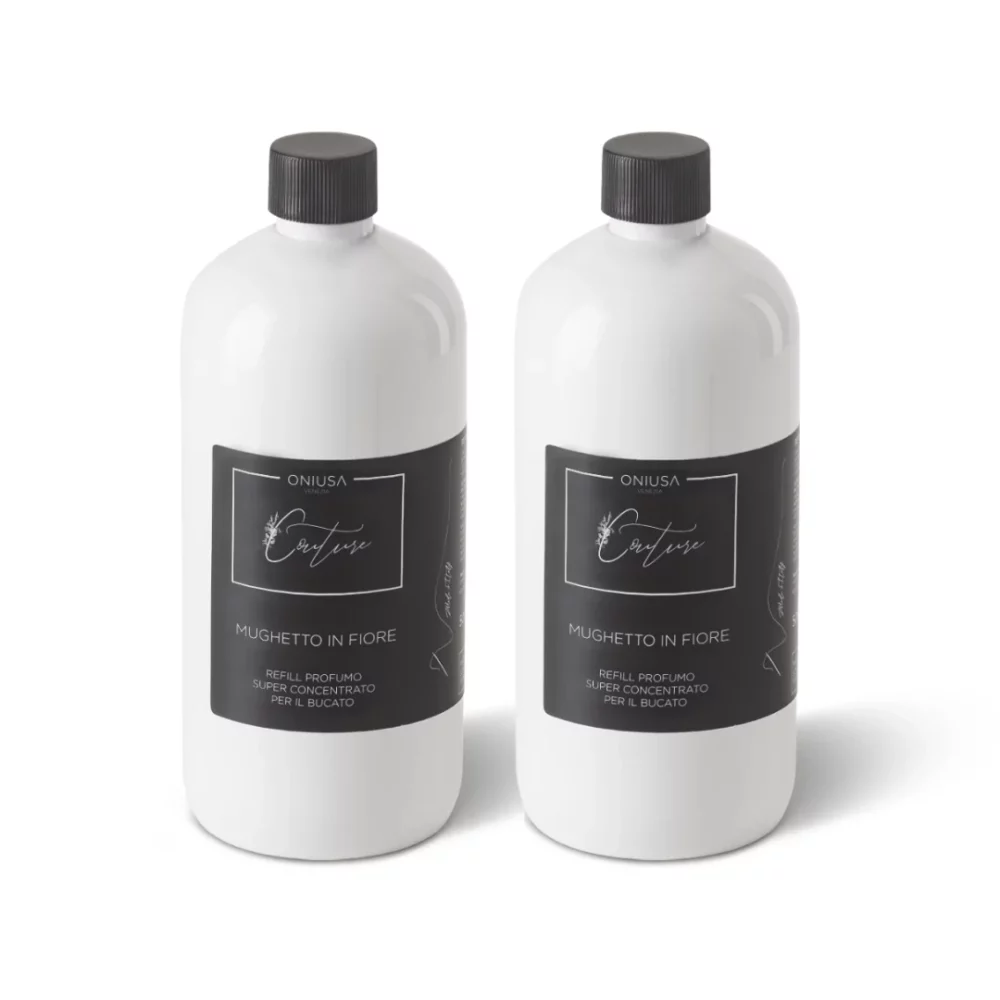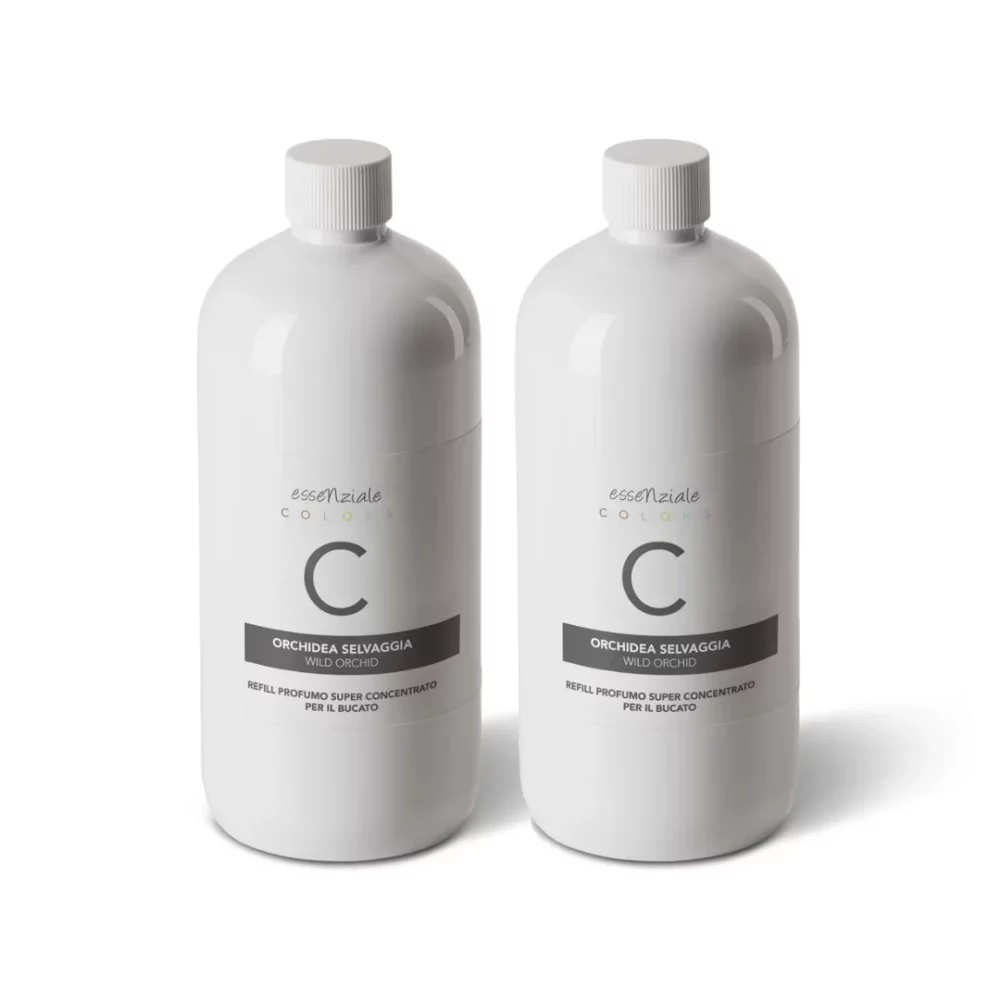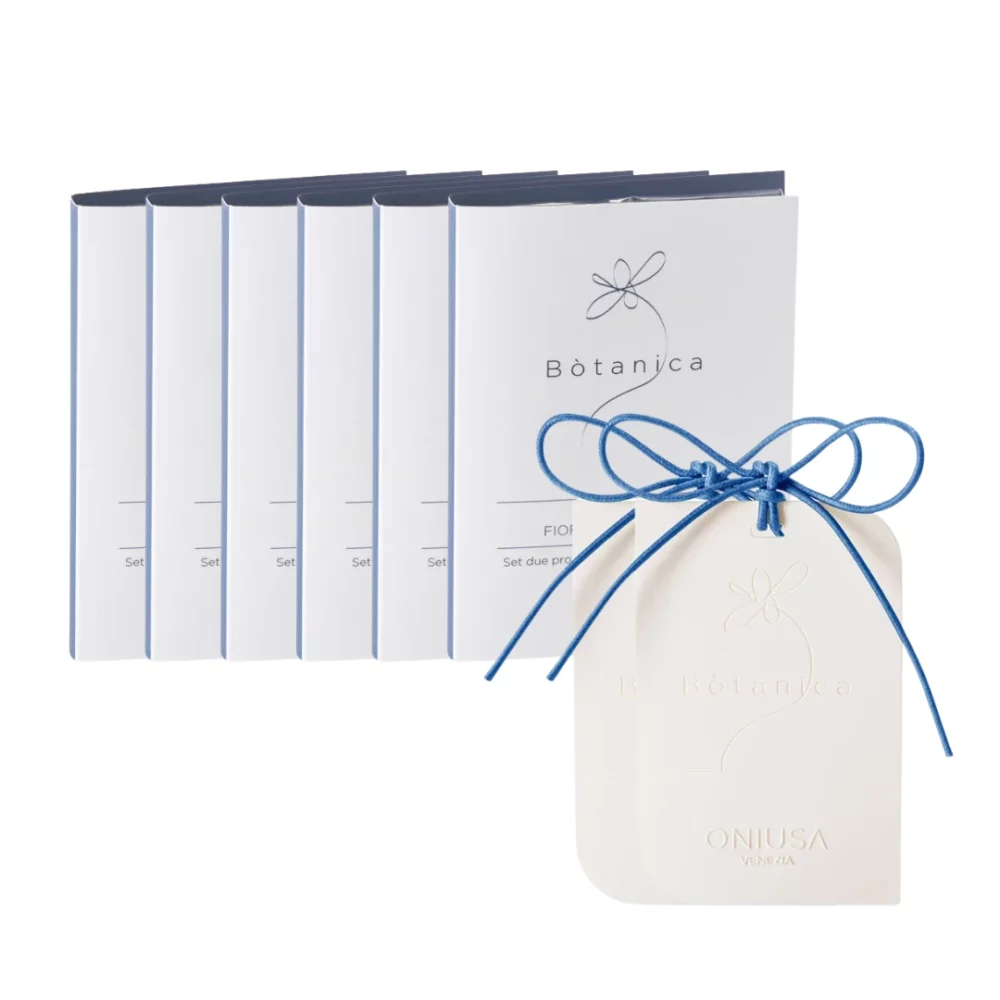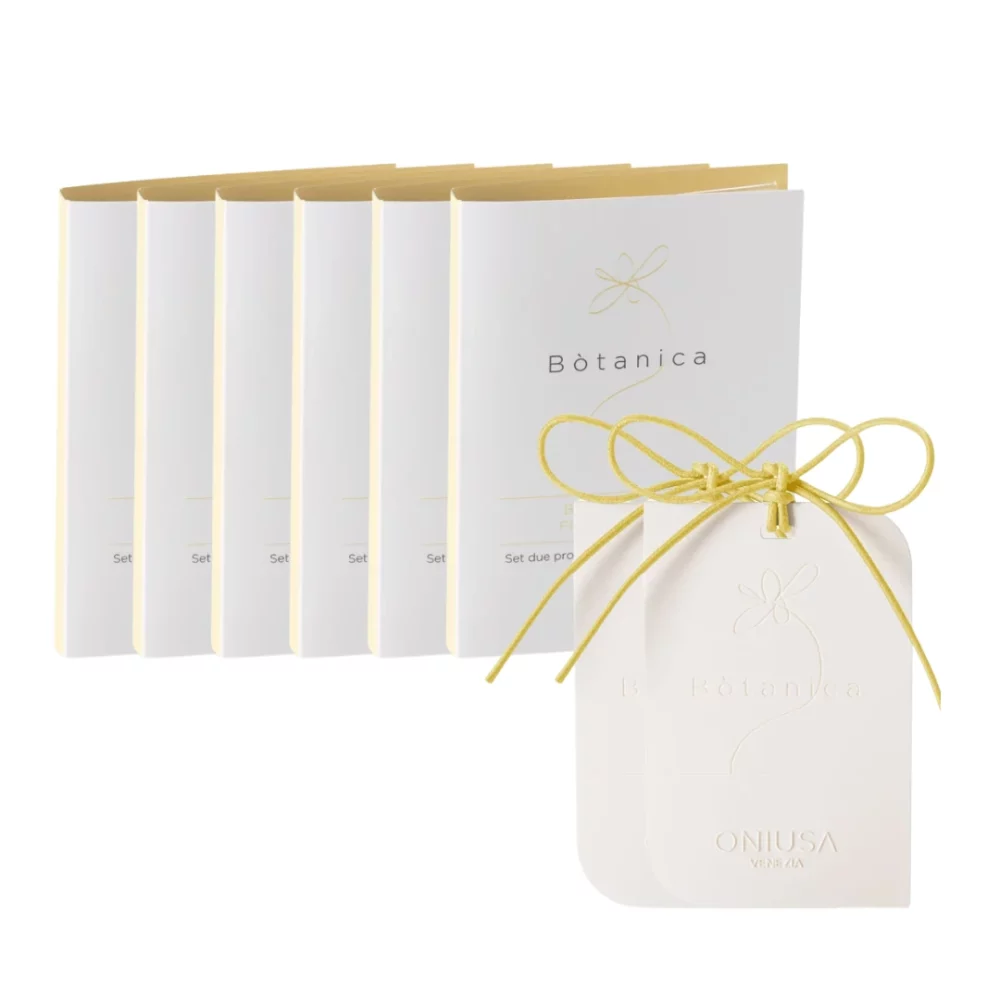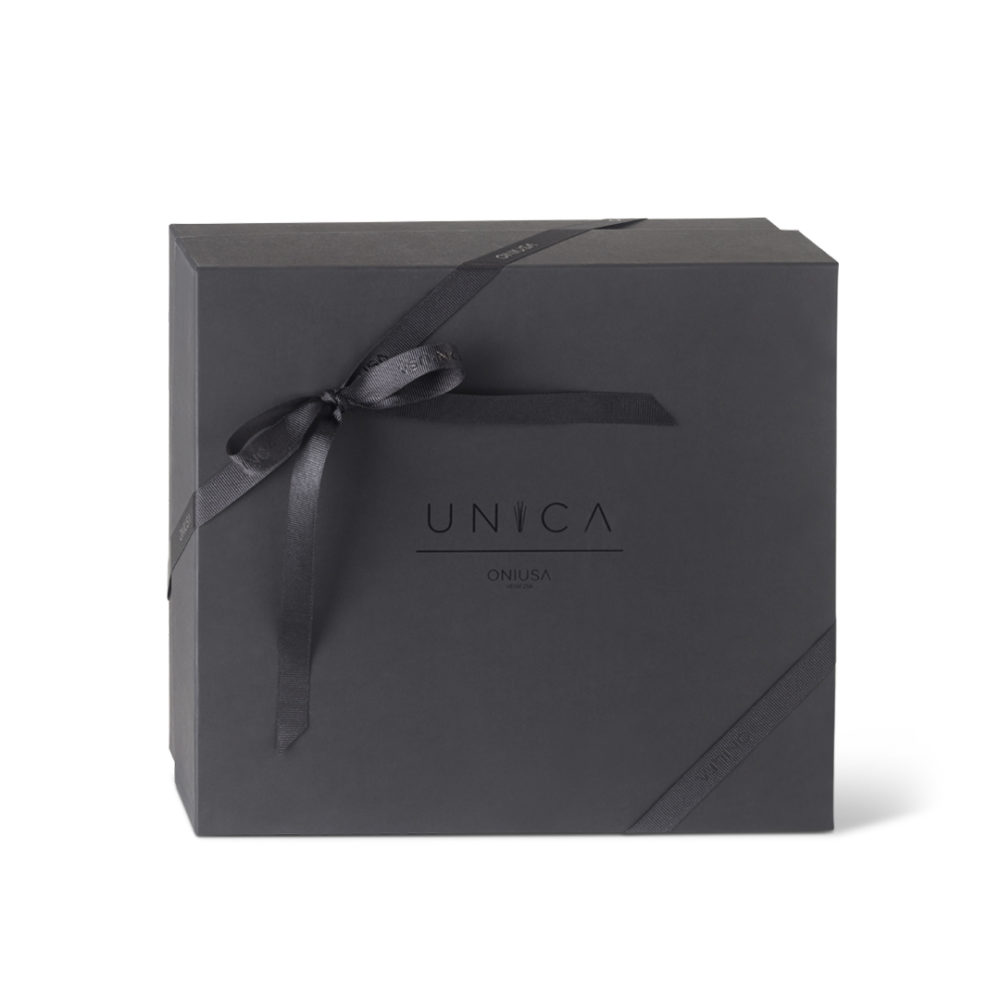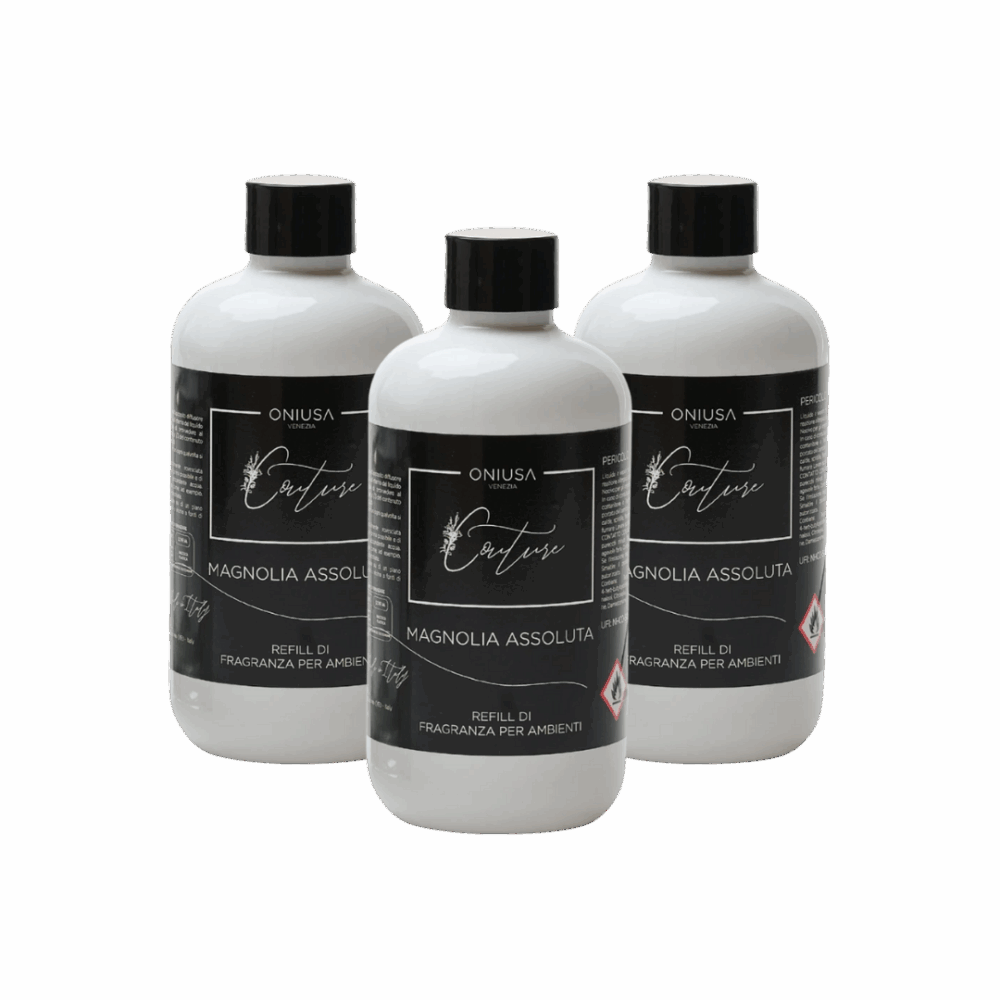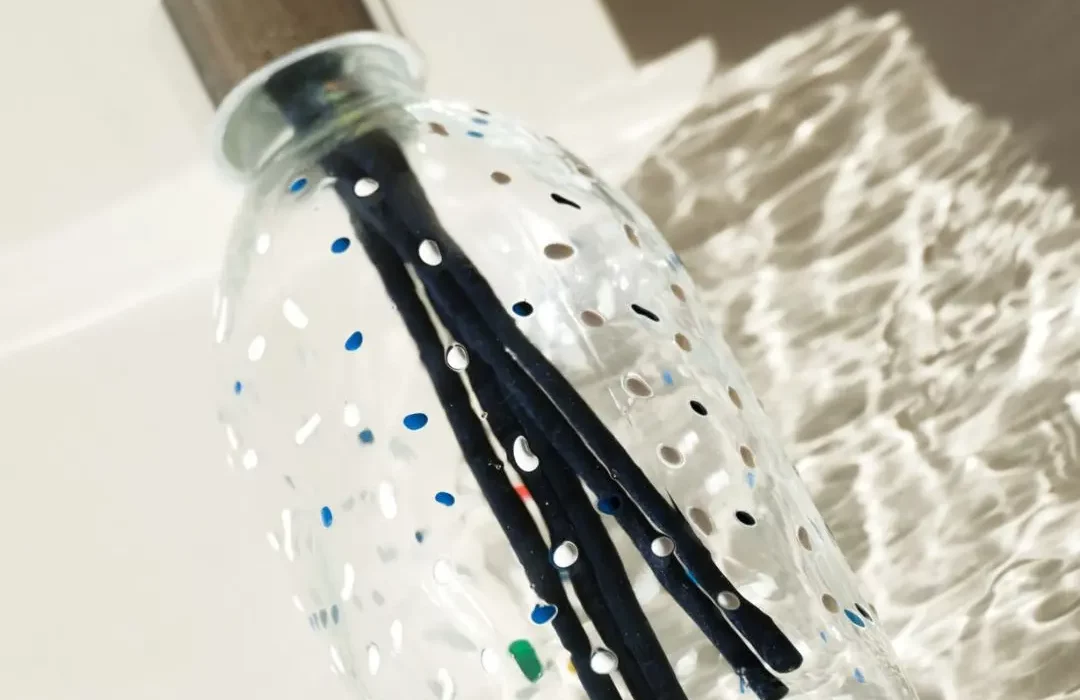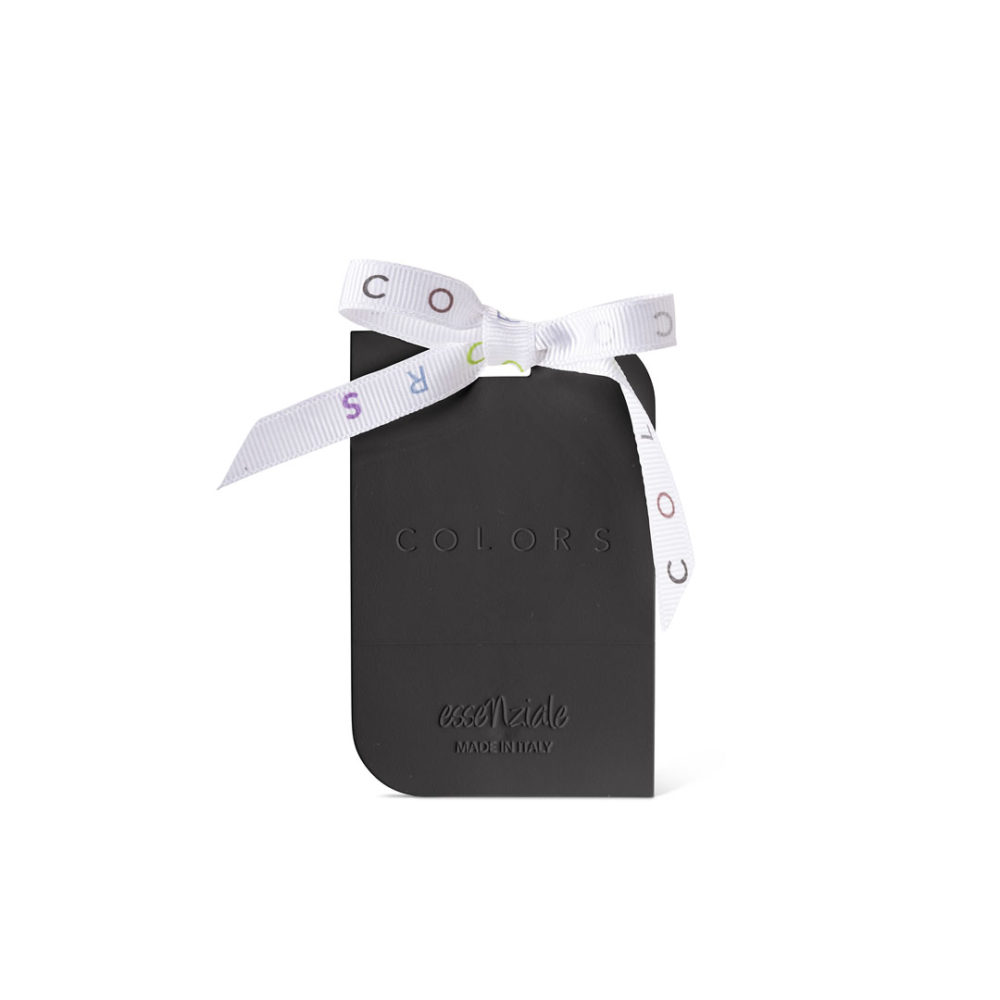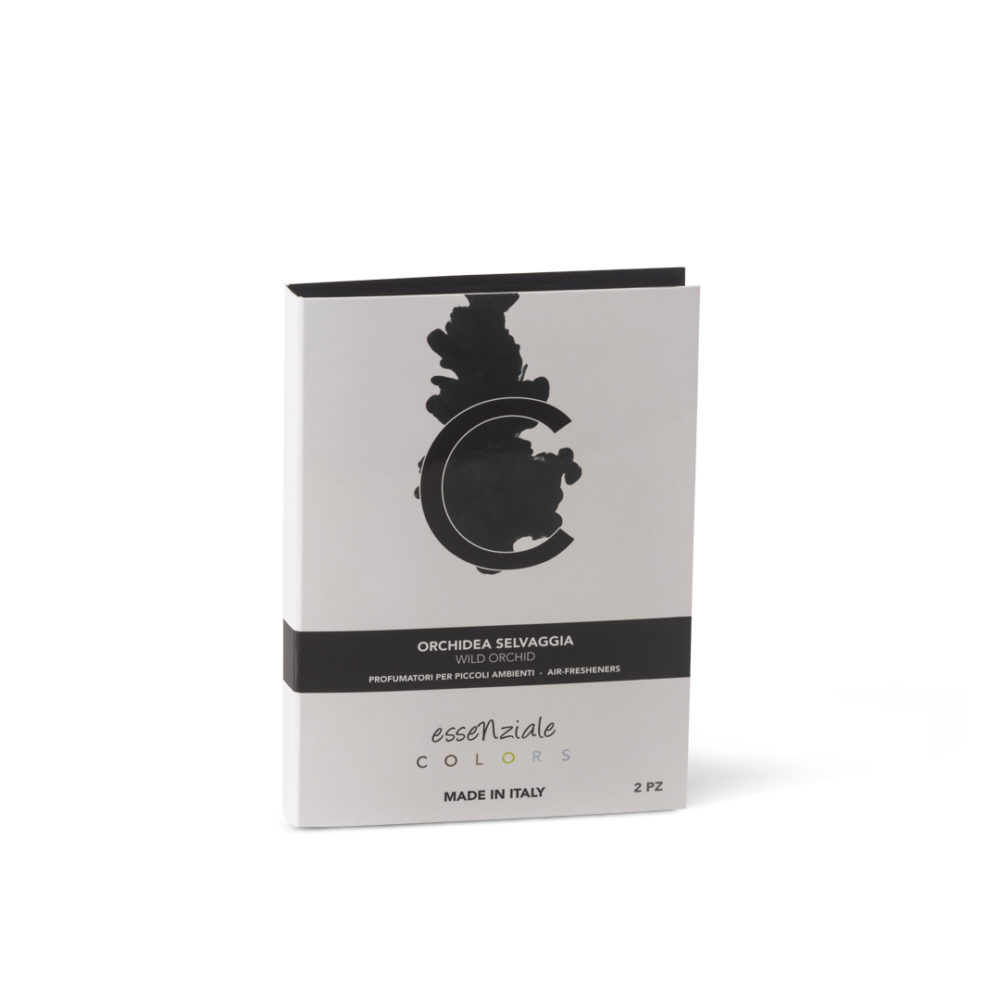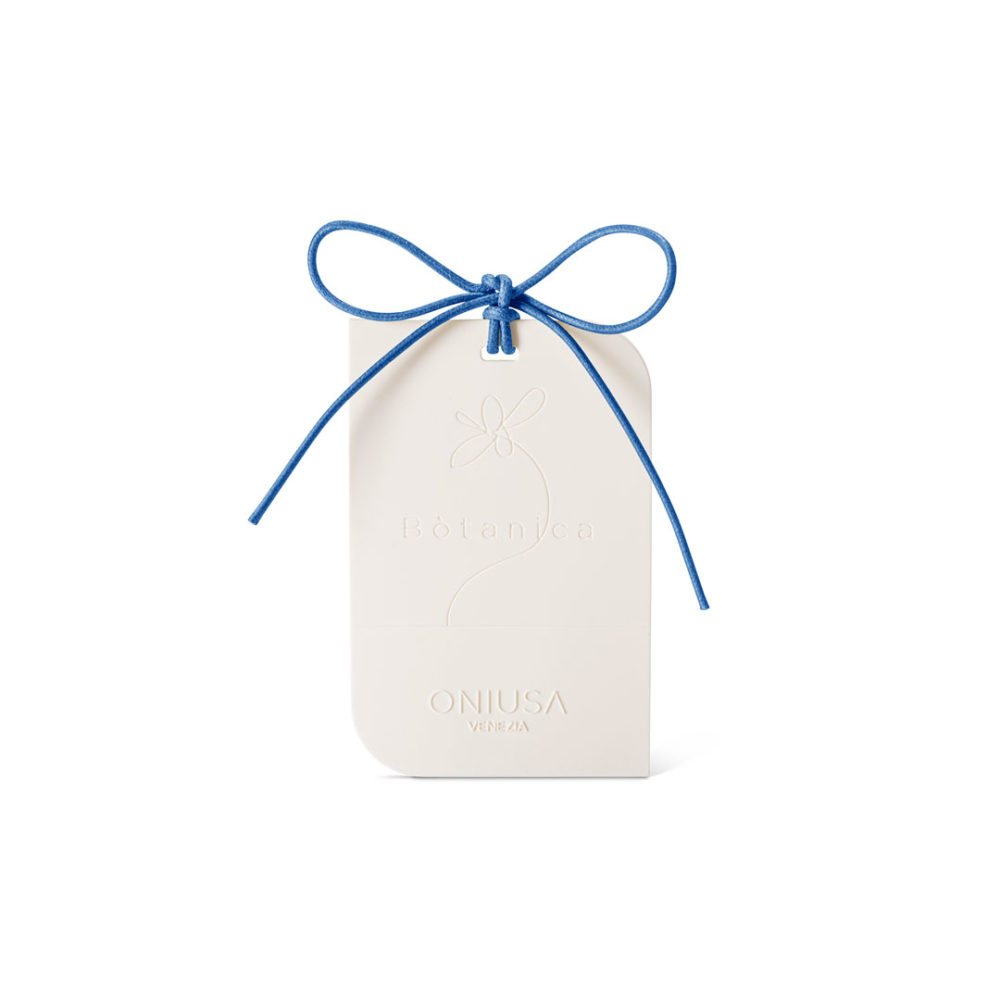Citronella against mosquitoes: the natural solution by Oniusa Venezia
Why choose citronella against mosquitoes
With summer approaching, the days get longer and evenings outdoors become a daily pleasure. However, along with the good weather come some unwanted guests: mosquitoes. Among the most effective and widely recognized natural remedies to keep these insects away, citronella holds a place of honor. Known for its repellent properties, citronella is a fresh, citrusy essence that acts as a natural olfactory barrier, keeping mosquitoes away without using aggressive chemical substances.
Unlike common insecticides, citronella not only protects but also helps create a pleasant and fragrant atmosphere—perfect for evenings in the garden, on the terrace, or under a pergola. Using citronella against mosquitoes also means making an ecological and sustainable choice, respecting both health and the environment.
Choosing citronella-based products is not just a functional choice but a conscious gesture to enhance your living spaces. This is precisely the concept that underpins the philosophy of Oniusa Venezia: blending well-being, design, and high-quality Made in Italy craftsmanship.
Fragrance and style with Oniusa Venezia’s Citronella Line
The Citronella Line by Oniusa is designed for those who want to enjoy their home and outdoor spaces with elegance and practicality. It offers not only protection against mosquitoes but also a stylish touch that turns every corner into a welcoming place. Each product in the collection stems from in-depth olfactory and sensory research, aiming to provide a complete experience of daily well-being.
Entirely made in Italy, Oniusa's citronella diffusers stand out for their high-quality raw materials, refined aesthetics, and essential design. Available in various formats—reed diffusers, room sprays, and scented refills—they suit all needs and décor styles, staying true to our concept of accessible luxury.
With a fresh, green, citrusy scent, our citronella is not only effective but also pleasant—ideal to accompany your moments of relaxation. It’s a simple way to turn the everyday into something extraordinary, protecting your environment with a refined, conscious choice.
When and where to use Oniusa’s citronella products
Oniusa's citronella products are ideal for any space where you want to combine fragrance and protection. During the summer, they are perfect outdoors: on terraces, balconies, poolside, in gardens, or during alfresco dinners. They are just as effective indoors, ensuring a clean, insect-free atmosphere.
The reed diffuser is ideal for enclosed or semi-open areas: just place it in a ventilated spot to allow the scent to diffuse gradually. The room spray, on the other hand, is great for quick action—a few sprays before an outdoor evening can make all the difference. The refills ensure you never run out of your favorite protection, keeping your home stylish and fragrant.
The Citronella Line is also perfect for commercial spaces like cafés, restaurants, or boutiques that want to offer clients a well-maintained, safe, and scented environment. Our products embody the concept "everyday, everywhere, with you", offering practical and stylish fragrance solutions for every day and every space.
Discover Oniusa’s Citronella Line
Protecting your spaces doesn't mean giving up elegance. With Oniusa, you can combine functionality, design, and sustainability in a single gesture. Citronella against mosquitoes has never been so beautiful to experience.
Discover Oniusa’s Citronella Line now and turn every space into a fragrant, safe, and fully Italian sanctuary.
FAQ – Frequently Asked Questions
Do Oniusa citronella products really keep mosquitoes away?
Yes, citronella is well known for its natural repellent properties against mosquitoes. Our fragrances use citronella essential oil to combine effectiveness with a pleasant scent.
Can I use citronella diffusers indoors?
Absolutely. Oniusa citronella diffusers are perfect for both indoor and outdoor use. They work especially well in ventilated areas like patios, porches, and living rooms.
How long does a citronella diffuser last?
The average duration depends on room size and airflow, but typically an Oniusa diffuser lasts around 4–6 weeks.
Are Oniusa citronella products safe for children and pets?
Yes, our fragrances comply with IFRA standards and are free from harmful substances. However, we recommend placing them out of reach of children and pets.

